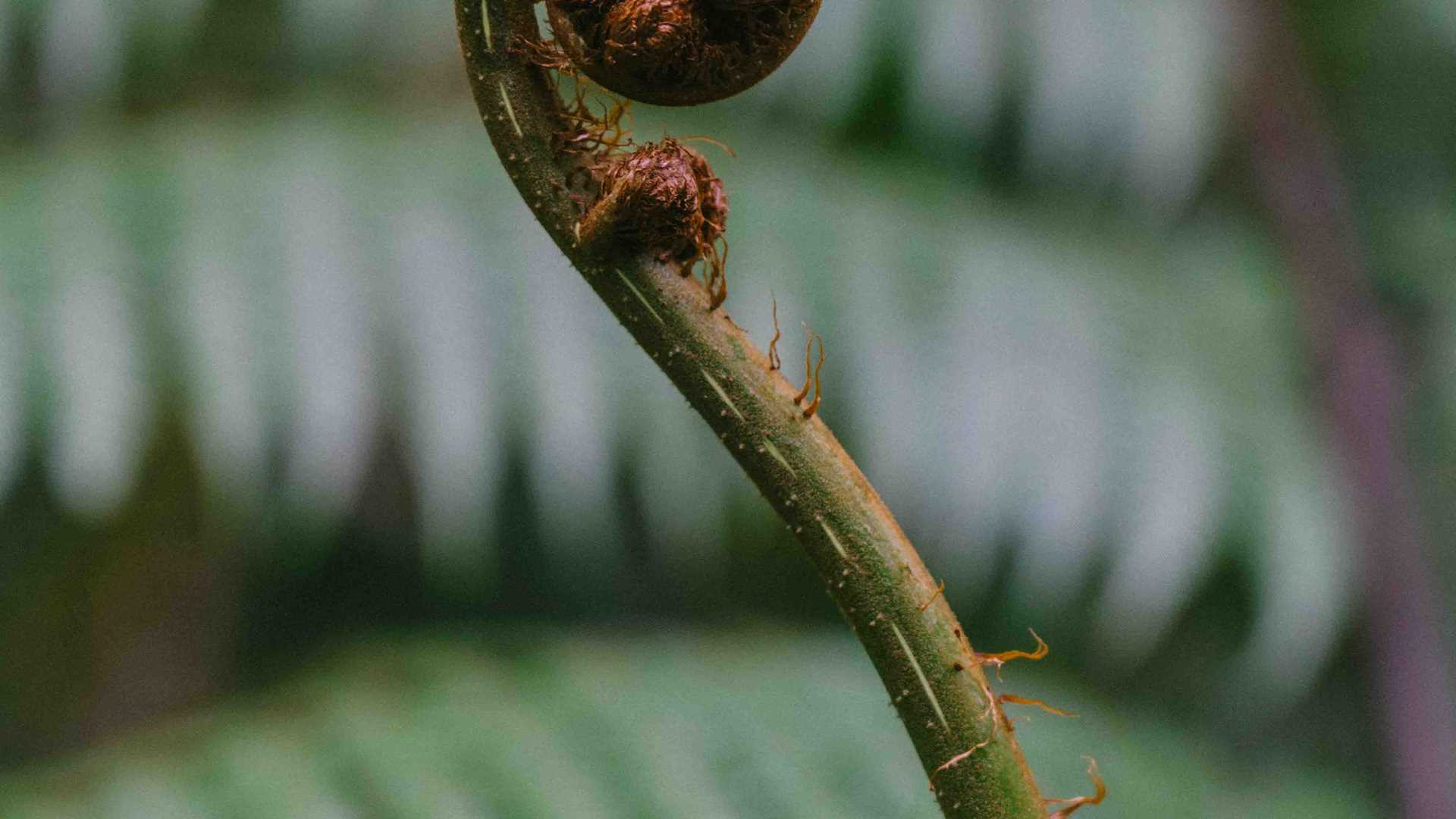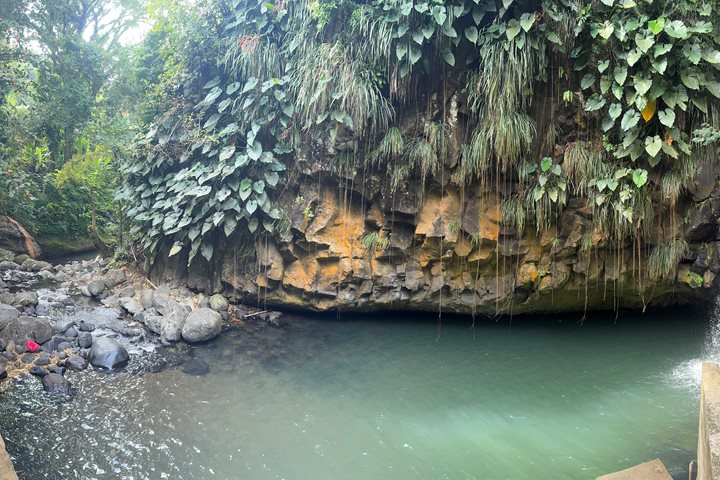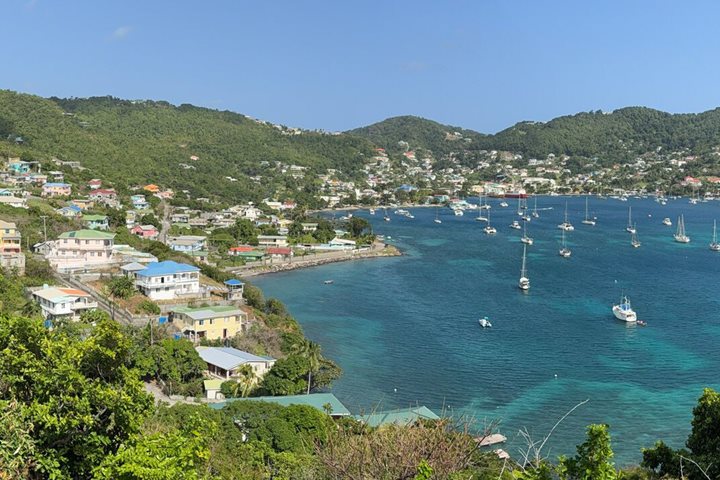The sun rose soon after 6 a.m. over Morne Diabolotin, called Waitukubuli by the indigenous Kalinago, meaning “the woman whose body is long.” We had a cool northerly breeze of three knots. We docked in Prince Rupert Bay on the island of Dominica, for the first time since it was destroyed by the category-5 Hurricane Maria.
We could see Fort Shirley off our port and Portsmouth directly off our bow. We boarded our vans for the 45-minute ride to Morne Diablotin–the highest point on the island at 4,775 feet. Hurricane Maria had decimated the tree canopy of the rainforest and after two-and-a-half years, the plants are beginning to proliferate, particularly those low on the forest floor. Accompanied by our local guide this morning, the well-regarded naturalist Glenn, we passed breadfruit, mangoes, bananas, pineapples, manioc, yam, coffee, oranges, and grapefruit trees in a wild profusion. Dominica is indeed the “nature island.”
During our walk we saw a wealth of tropical trees with the most colorful creole names, like the Bwa Kaka meaning the “tree of …” well, I’ll leave the “kaka” to your imagination. We saw one of the very shy zandolin, a local species of salamander. Dominica has the highest concentration of active volcanoes anywhere on Earth—nine active volcanoes in an area slightly less than 300 square miles. The mountainous spine of Dominica sits atop a vast molten lava chamber.
We returned to Sea Cloud for lunch and at 2 p.m. Tom Heffernan, our ship’s historian, gave an introductory talk on Dominica and Fort Shirley. The fort was begun in 1774, garrisoned by 1778, and fully completed by 1820. It was built almost entirely by slave labor. Designed by the 18th century American architect William Harrison to protect the Royal Navy at anchor in Prince Rupert Bay, the fort never saw action. It existed principally as a deterrent to enemies of the English, as the canons could sweep the entirety of Prince Rupert Bay. At its zenith the fort had 700 enlisted men and a contingent of the Eighth West Indian Regiment, comprised of formerly enslaved men.
The fort was abandoned in 1852 and lay derelict, covered by strangler figs and the wrath of the jungle until Dr. Lennox Honeychurch undertook restoration beginning in 1982, working tirelessly over nearly 40 years to restore the fort.
After our visit to the fort, many of us took advantage of snorkeling directly off the pier. The water was like “Goldilocks’ porridge”—just right. We enjoyed dinner on the Lido Deck, moored in the splendor of Prince Rupert Bay. After dinner, National Geographic photographer Susan Seubert spoke about how she became a professional photographer.
Tomorrow we enter France and the tiny archipelago of Îles des Saintes.









